 The Islamic New Year is just around the corner! For many people across different regions of Indonesia, this moment is celebrated with deep-rooted traditions, one of them being the serving of traditional Islamic New Year dishes that only appear once a year. Interestingly, each dish carries a meaningful story and cultural significance.
The Islamic New Year is just around the corner! For many people across different regions of Indonesia, this moment is celebrated with deep-rooted traditions, one of them being the serving of traditional Islamic New Year dishes that only appear once a year. Interestingly, each dish carries a meaningful story and cultural significance.
From bubur suro to nasi kenduri, every dish has its own unique background that’s too fascinating to miss. Curious about what’s usually served on 1 Muharram and the meanings behind each dish? Keep reading! It might even inspire you to celebrate the Islamic New Year at home in a more memorable way.
Traditional Islamic New Year Dishes
Here are some traditional Islamic New Year dishes, rich with meaning and cultural heritage:
1. Bubur Suro
 This dish is one of the most iconic foods associated with the 1st of Muharram, also known as the month of Suro in Javanese regions. Bubur Suro is a savory rice porridge made from rice, coconut milk, and spices. It’s typically served with seven types of side dishes such as marinated eggs, tempeh, tofu, meat floss, and more. The number seven is believed to hold spiritual significance, and the porridge is usually shared among family members or distributed to neighbors.
This dish is one of the most iconic foods associated with the 1st of Muharram, also known as the month of Suro in Javanese regions. Bubur Suro is a savory rice porridge made from rice, coconut milk, and spices. It’s typically served with seven types of side dishes such as marinated eggs, tempeh, tofu, meat floss, and more. The number seven is believed to hold spiritual significance, and the porridge is usually shared among family members or distributed to neighbors.
2. Tumpeng
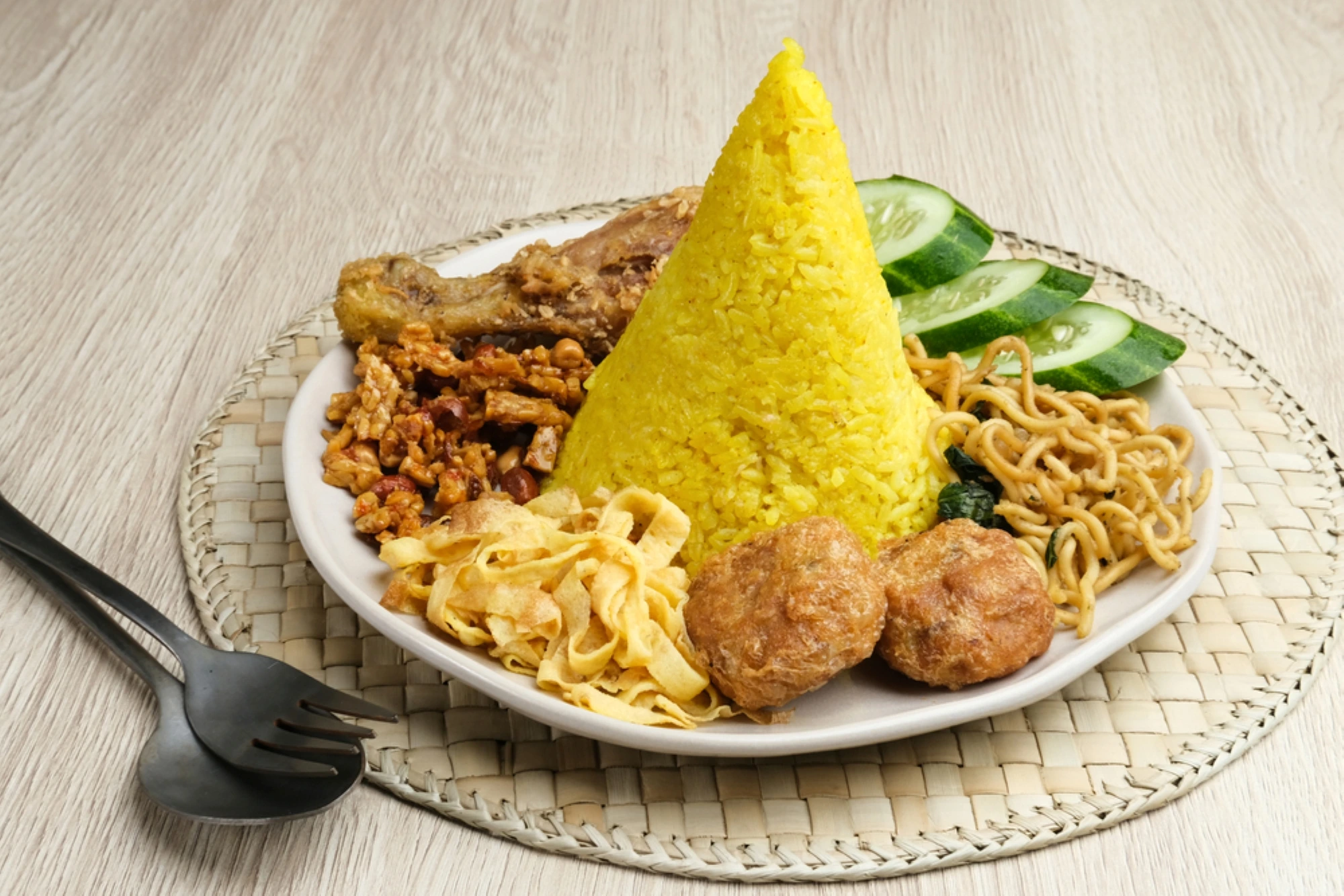 Tumpeng is cone-shaped rice served with a variety of traditional side dishes like whole chicken (ayam ingkung), seasoned vegetables (urap), boiled eggs, and spicy stir-fried sambal. This dish symbolizes gratitude and hopes for blessings in the coming year. It’s often served during communal prayers or gatherings on the eve of 1 Suro.
Tumpeng is cone-shaped rice served with a variety of traditional side dishes like whole chicken (ayam ingkung), seasoned vegetables (urap), boiled eggs, and spicy stir-fried sambal. This dish symbolizes gratitude and hopes for blessings in the coming year. It’s often served during communal prayers or gatherings on the eve of 1 Suro.
3. Bubur Asyura
 Although traditionally linked with the commemoration of Ashura (10th of Muharram), Bubur Asyura is also widely prepared throughout the month of Muharram. The Indonesian version includes rice, beans, corn, and sometimes meat or vegetables. It’s usually made together in a communal setting and then shared with neighbors or those in need.
Although traditionally linked with the commemoration of Ashura (10th of Muharram), Bubur Asyura is also widely prepared throughout the month of Muharram. The Indonesian version includes rice, beans, corn, and sometimes meat or vegetables. It’s usually made together in a communal setting and then shared with neighbors or those in need.
4. Apem
 This sweet cake is made from a mixture of rice flour, coconut milk, and yeast. Apem symbolizes a plea for forgiveness and the hope for a better life. It’s typically shared with neighbors or served during prayer rituals. Its sweet taste represents the wish for happiness in the new year.
This sweet cake is made from a mixture of rice flour, coconut milk, and yeast. Apem symbolizes a plea for forgiveness and the hope for a better life. It’s typically shared with neighbors or served during prayer rituals. Its sweet taste represents the wish for happiness in the new year.
5. Bubur Merah Putih
 This red and white porridge represents hopes and prayers for the coming year. The red portion, colored with palm sugar, symbolizes courage, passion, and positive energy. The white portion, made with coconut milk or milk, stands for purity, sincerity, and the hope for honest and clean blessings.
This red and white porridge represents hopes and prayers for the coming year. The red portion, colored with palm sugar, symbolizes courage, passion, and positive energy. The white portion, made with coconut milk or milk, stands for purity, sincerity, and the hope for honest and clean blessings.
6. Ayam Ingkung
 Ayam ingkung is often the main dish in tumpeng or nasi kenduri offerings. The whole chicken is cooked with traditional Javanese spices such as coconut milk, galangal, and lemongrass. Beyond its rich flavor, this dish symbolizes prayer, protection, and well-being for the family.
Ayam ingkung is often the main dish in tumpeng or nasi kenduri offerings. The whole chicken is cooked with traditional Javanese spices such as coconut milk, galangal, and lemongrass. Beyond its rich flavor, this dish symbolizes prayer, protection, and well-being for the family.
7. Jenang Tujuh Rupa
 This traditional Javanese sweet porridge is made from glutinous rice flour and palm sugar, with seven different flavors and colors. Each flavor or color is believed to represent a specific hope or prayer, such as safety, health, sustenance, and peace. It is usually served during cultural ceremonies on the night of 1 Suro.
This traditional Javanese sweet porridge is made from glutinous rice flour and palm sugar, with seven different flavors and colors. Each flavor or color is believed to represent a specific hope or prayer, such as safety, health, sustenance, and peace. It is usually served during cultural ceremonies on the night of 1 Suro.
8. Nasi Kenduri
 Nasi kenduri is a complete rice meal with various side dishes, prepared for communal prayer gatherings or selamatan. It’s not only enjoyed together but also distributed to others as a form of alms and sharing of blessings. This tradition promotes values of unity and social compassion.
Nasi kenduri is a complete rice meal with various side dishes, prepared for communal prayer gatherings or selamatan. It’s not only enjoyed together but also distributed to others as a form of alms and sharing of blessings. This tradition promotes values of unity and social compassion.
Read More: How to Boiling Sago Pearls Without Sticking, Easy and Fail-Proof Tips
Serve Healthier Traditional Islamic New Year Dishes with FiberCreme!
Celebrating the Islamic New Year with traditional dishes isn’t just about preserving culture, it’s also a meaningful way to honor the moment through food rich in symbolism and philosophy. To make this occasion even more special, you can start choosing healthier ingredients without compromising on taste.
If you usually use coconut milk in dishes like bubur suro, jenang, or tumpeng, try switching to FiberCreme as a healthier alternative. It still delivers that creamy and savory texture you love, but high in fiber, low in sugar, and cholesterol-free. Perfect for those who want to maintain a healthy lifestyle while keeping the traditional flavors alive.
Looking for more recipe ideas you can create with FiberCreme? Head over to Instagram @FiberCreme_TV or check out exciting recipe videos on the Ellenka YouTube channel. Who knows, you might just find fresh inspiration to welcome 1 Muharram with delicious dishes that are also better for your health!

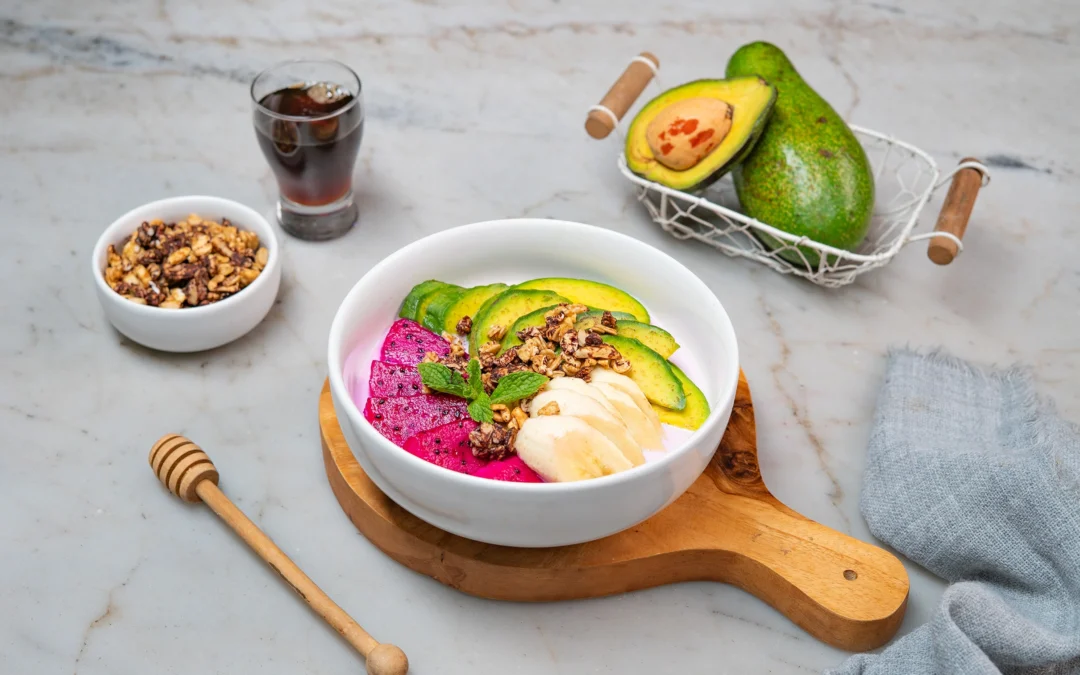
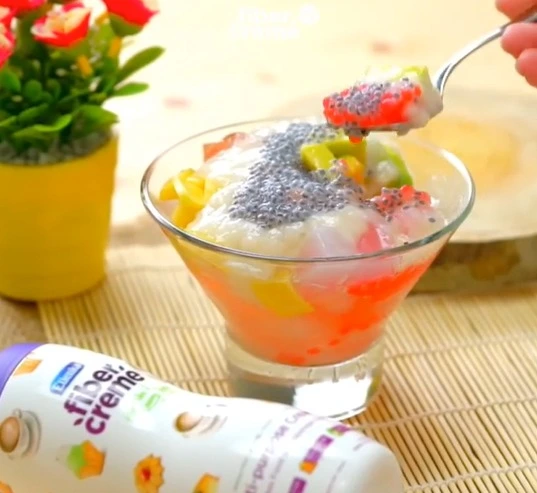
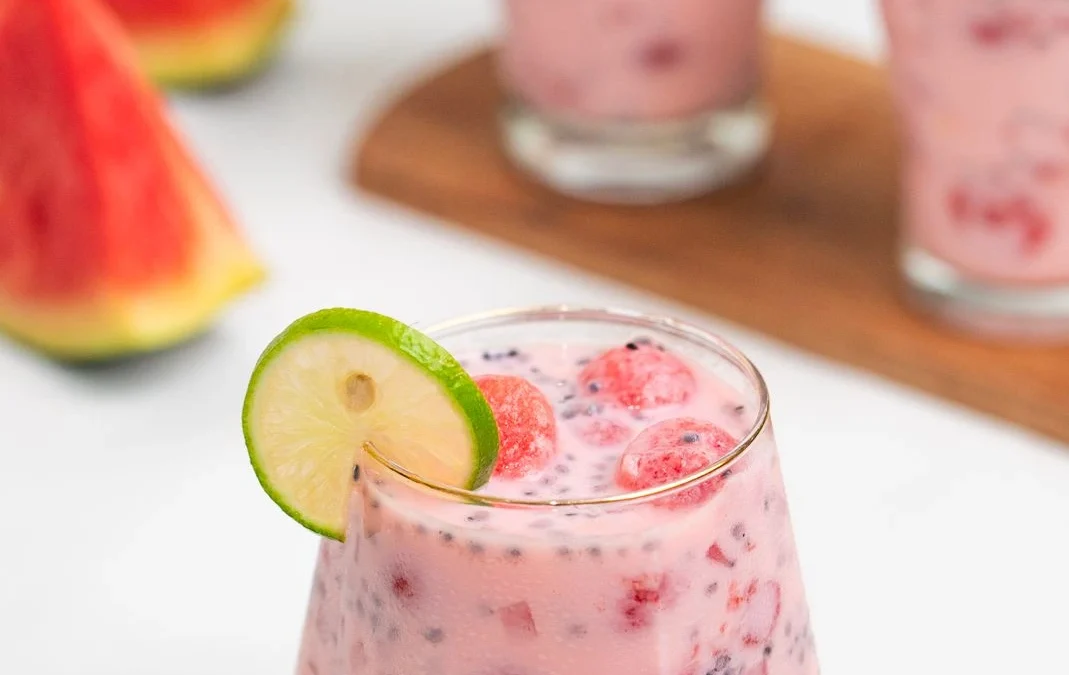
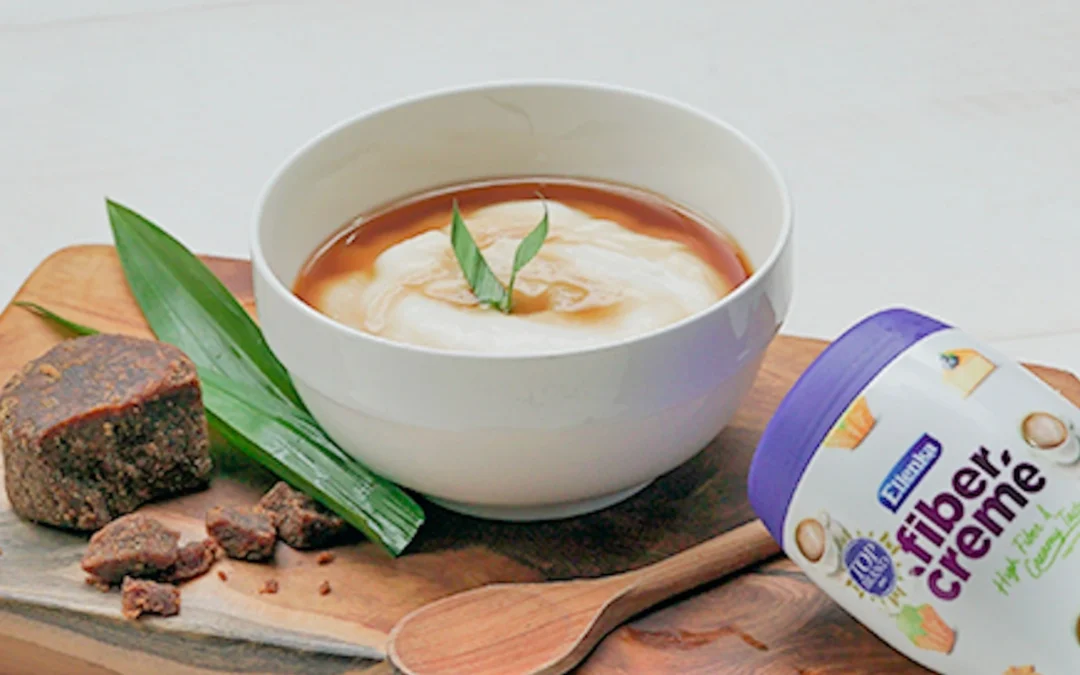
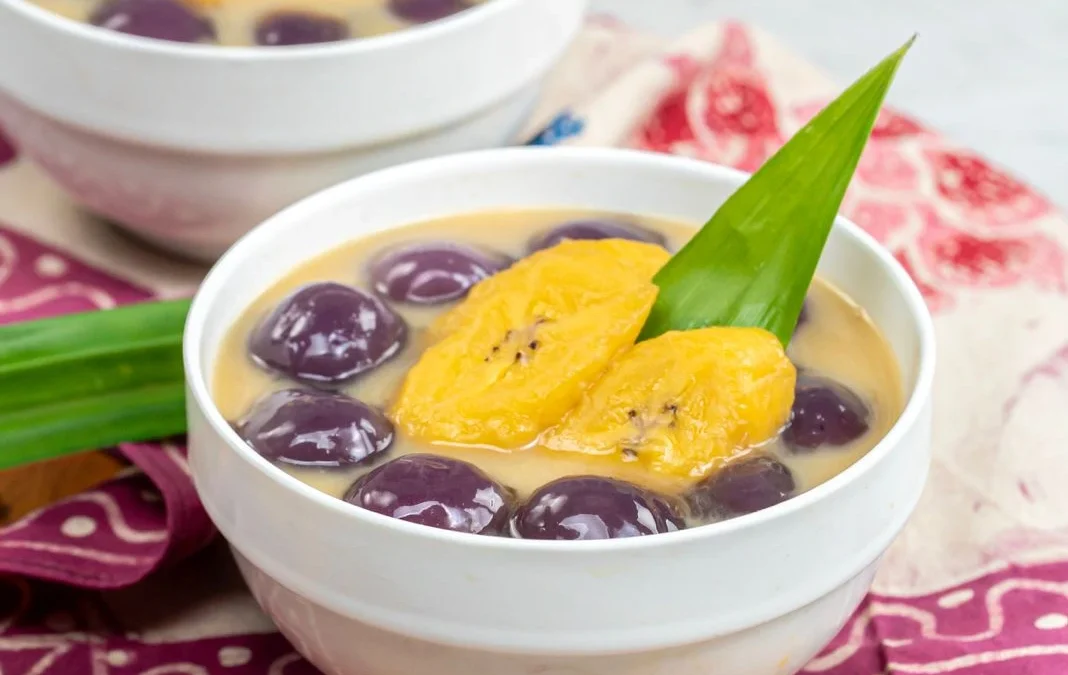
0 Comments